
If you have leg cramps at night, it means you have..
Nighttime leg cramps are sudden, painful muscle contractions—usually in the calf, foot, or thigh—that often strike during sleep or rest. These cramps can last from a few seconds to several minutes and may leave your muscles sore for hours afterward.
While they’re not usually dangerous, they are your body’s way of signaling that something may be off—especially with hydration, minerals, or nerve function.
⚠️ Common Causes of Night Leg Cramps
Understanding the root cause is key to preventing future cramps. Common triggers include:
1. Dehydration
-
When your body loses too much fluid (through sweat, illness, or inadequate intake), your muscles become more prone to spasms.
-
Electrolytes (like magnesium, sodium, and potassium) become imbalanced when you’re dehydrated.
2. Mineral Deficiency
-
Low levels of:
-
Magnesium – relaxes muscles
-
Potassium – maintains nerve and muscle function
-
Calcium – regulates muscle contraction
-
Sodium – helps muscle coordination
-
-
Even a small imbalance can cause involuntary contractions.
3. Poor Circulation
-
Sitting or standing for long periods restricts blood flow to muscles.
-
Cold environments may also cause vessels to constrict, leading to spasms.
4. Muscle Fatigue
-
Overuse from:
-
Long walks
-
Standing all day
-
Intense workouts
-
-
Fatigued muscles are more likely to cramp during periods of rest.
5. Nerve Compression or Pinched Nerves
-
Spinal issues, poor posture, or herniated discs can irritate nerves that serve your legs, triggering cramps.
6. Underlying Health Conditions
-
Diabetes, thyroid disorders, kidney disease, or circulatory problems can increase cramping risk.
7. Medication Side Effects
-
Some diuretics, statins, and blood pressure medications cause electrolyte loss or nerve irritation, leading to cramps.
💡 Effective Solutions to Prevent and Stop Leg Cramps
1. Stretch Before Bed
Gentle pre-bed stretching helps release tension and prevent nighttime spasms.
Example stretch:
-
Stand facing a wall, place hands on the wall.
-
Step one foot back, keep the heel flat, and gently bend the front knee.
-
Hold for 30 seconds, then switch legs.
Do this for 2–3 minutes nightly.
2. Stay Well-Hydrated
Water is essential for muscle function and mineral balance.
-
Drink at least 1.5–2 liters (6–8 cups) of water per day.
-
Add coconut water or electrolyte tablets if you sweat a lot or exercise frequently.
3. Massage & Apply Heat
-
When a cramp hits: Gently massage the area and apply a warm towel or heating pad.
-
For lingering soreness: Apply a cold pack to reduce inflammation.
4. Improve Sleep Position
-
Avoid pointing your toes downward while sleeping (which shortens calf muscles).
-
Instead:
-
Keep toes neutral or slightly up.
-
Place a pillow under your knees to keep muscles relaxed.
-
5. Take a Warm Bath Before Bed
-
Warm water soothes tired muscles, increases circulation, and reduces nighttime cramping.
-
Add Epsom salts (rich in magnesium) to enhance muscle relaxation.
🥗 Foods That Help Prevent Leg Cramps

Eating a mineral-rich diet is key to cramp prevention. Here are the best options:
🧂 Magnesium-Rich Foods
(Relaxes muscles, supports nerve function)
-
Spinach, pumpkin seeds, almonds
-
Avocado, bananas, cashews
-
Dark chocolate (70% or higher)
🍌 Potassium-Rich Foods
(Controls muscle contractions and prevents spasms)
-
Bananas, sweet potatoes, oranges
-
Yogurt, white beans, apricots
🥦 Calcium-Rich Foods
(Aids muscle contraction and relaxation balance)
-
Milk, cheese, yogurt
-
Broccoli, kale, fortified plant milks
-
Tofu and sardines (with bones)
💧 Hydrating Foods & Electrolytes
-
Coconut water, watermelon, cucumber
-
Soups and broths, herbal teas
-
Citrus fruits, berries
🥤 Tip: Drink small amounts of water throughout the day rather than all at once for better absorption.
🚫 Foods & Habits That May Trigger Cramps
Avoid or limit the following to reduce cramp frequency:
-
☕ Excess Caffeine & Alcohol – Both promote dehydration
-
🍟 High-Sodium Foods – Cause water retention and disrupt mineral balance
-
🥱 Skipping Meals – Can result in low energy and loss of electrolytes
-
🚬 Smoking – Reduces blood flow to limbs, increasing cramp risk
-
🪑 Inactivity – Sitting or standing still too long causes muscle stiffness
🏋️♀️ Simple Exercises to Prevent Leg Cramps
Doing these exercises regularly can reduce the frequency of cramps:
✅ 1. Toe Raises
-
Stand and slowly lift your heels so you’re balancing on your toes.
-
Hold for 10 seconds, then lower.
-
Repeat 10–15 times daily.
✅ 2. Calf Stretch
-
Place hands on a wall, step one foot back, and press the heel down.
-
Hold for 30 seconds per leg.
✅ 3. Ankle Circles
-
Sit or lie down, lift one leg slightly, and rotate your ankle in circles.
-
10 circles clockwise, then counterclockwise.
✅ 4. Walking or Light Yoga
-
Keep your muscles and joints moving daily.
-
Helps improve circulation and flexibility.
🧘 Try a short 5–10 minute yoga session before bed to reduce nighttime muscle tension.
✅ Summary: How to Prevent Night Leg Cramps
Night cramps are often a sign that your muscles are tired, undernourished, or dehydrated.
💪 To prevent them:
-
Stretch daily, especially before bed
-
Drink water and replenish electrolytes
-
Eat a diet rich in magnesium, potassium, calcium
-
Massage tight areas and use heat if needed
-
Adjust your sleep position to avoid calf tension
-
Stay active and avoid long periods of sitting or standing still
With proper care, most leg cramps can be reduced or eliminated within a few days to weeks.
News in the same category


The Silent Threat: Recognizing Early Signs of Kidney Disease and Lifestyle Prevention

Baking Soda (Bicarbonate of Soda): Uses and Benefits (Science Based)
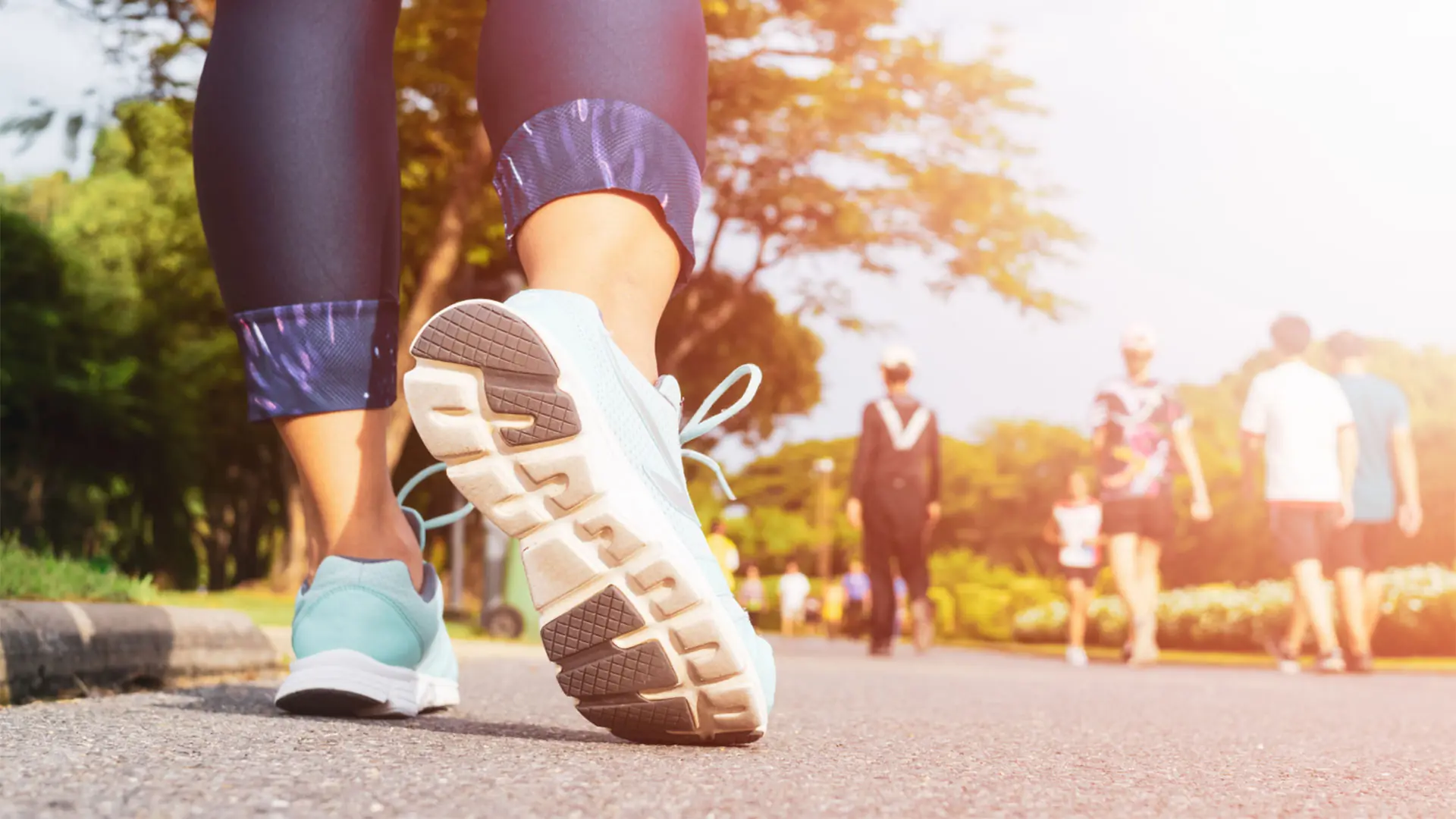
Benefits of Walking: Why Walking is One of the Best Forms of Exercise 🚶♀️

Top 11 Nutrients To Destroy Cancer Stem Cells

Thinking of drinking baking soda? Read this first for the truth!
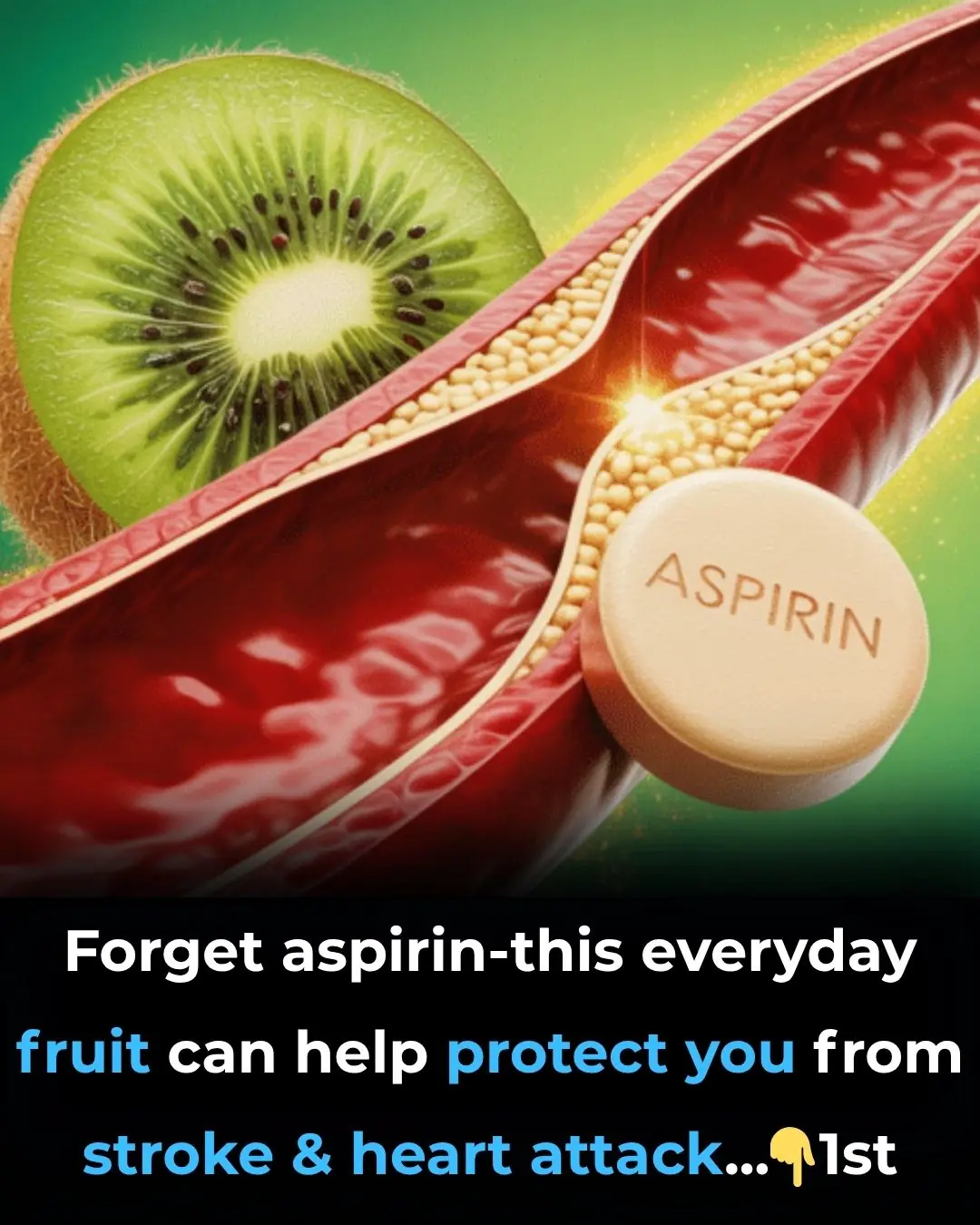
Forget aspirin—this everyday fruit can help protect you from stroke and heart attack
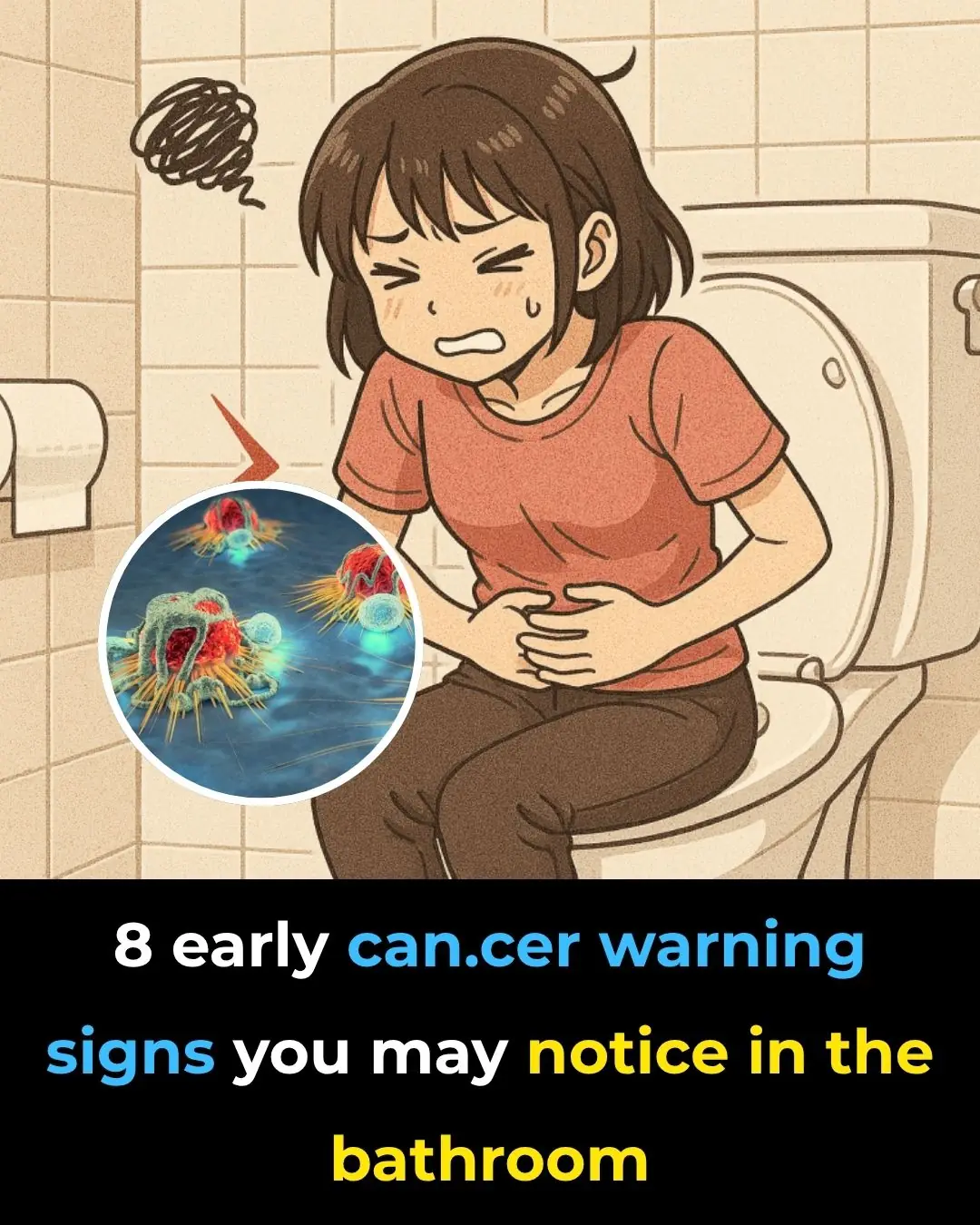
8 Sh0cking Toilet Clues That Could Signal Canc3r: Don’t Ignore Them!
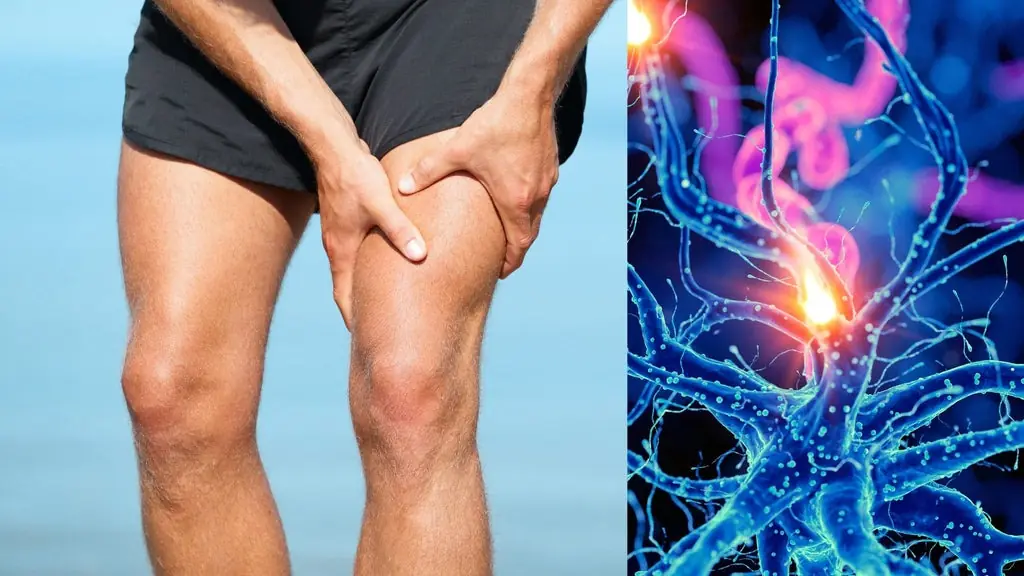
14 Warning Signs Your Body Is Running Low on Magnesium and How to Get It
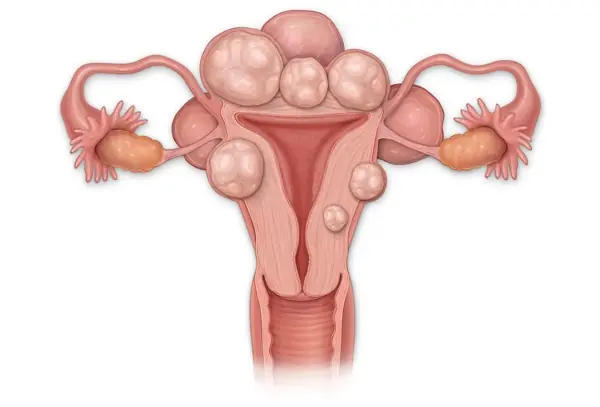
7 Early Signs of Uterine Fibroids Too Many Women Ignore
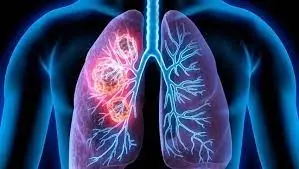
7 Early Signs and Symptoms of Lung Cancer You Should Never Ignore
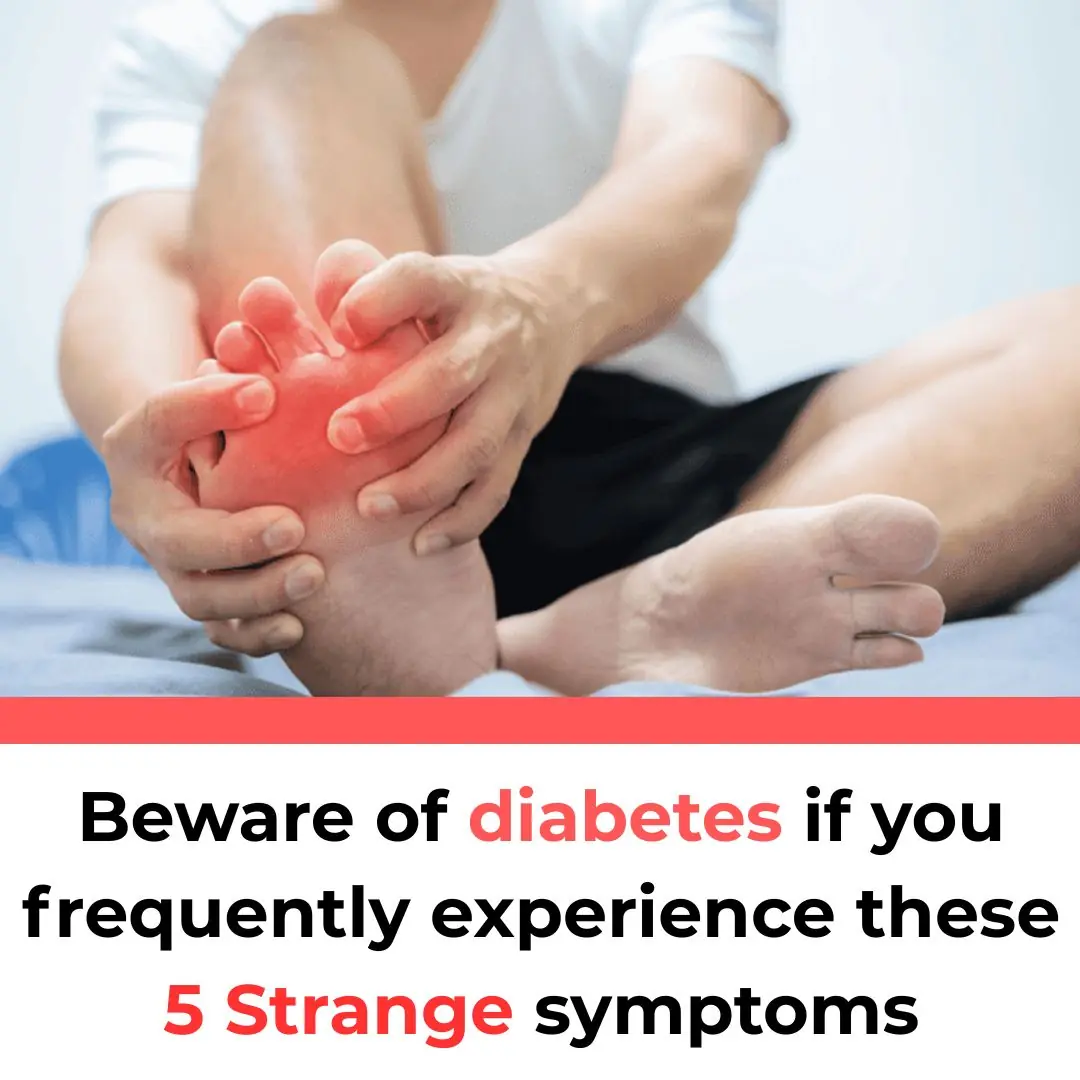
High Blood Sugar Warning Signs
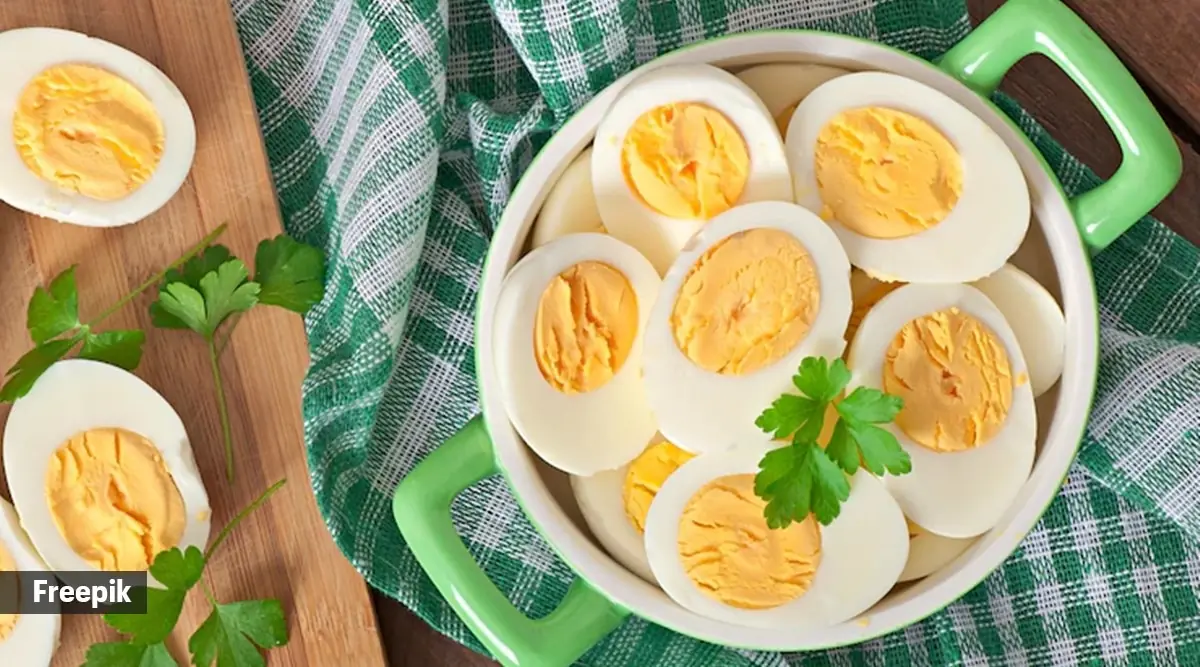
Eat 2 Eggs Every Morning and Feel These Powerful Health Effects Take Over Your Body
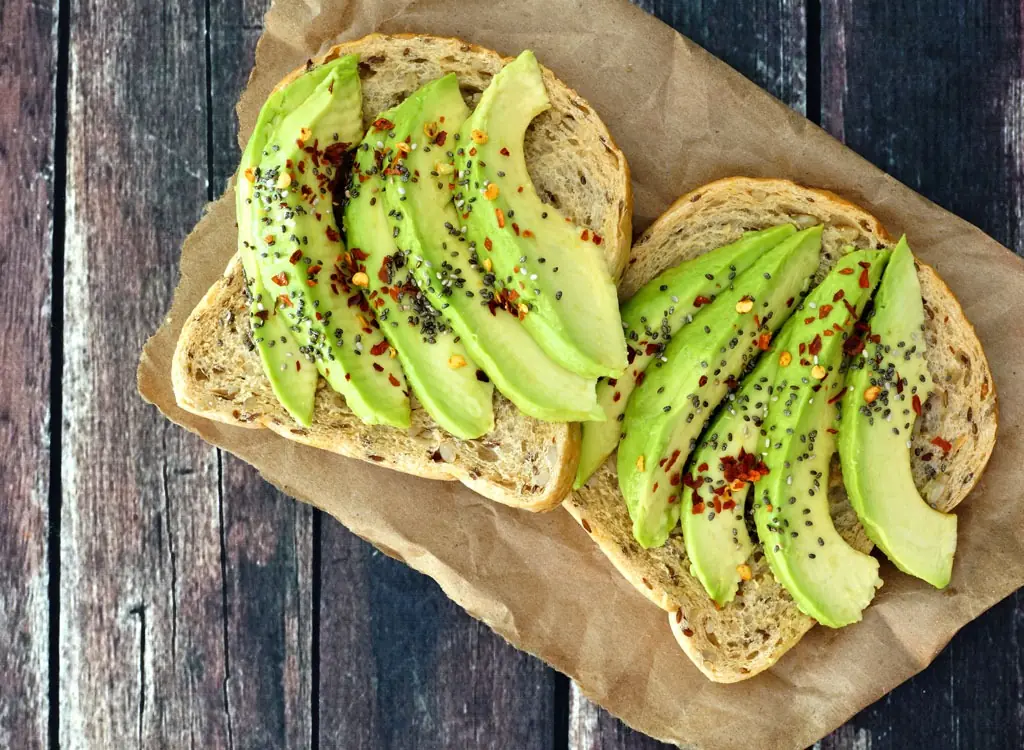
Avocado Power: The Scientifically Proven Health Benefits of the Fruit (and the Seed!)

One Vitamin That Could Transform Your Circulation: Niacin (Vitamin B3)
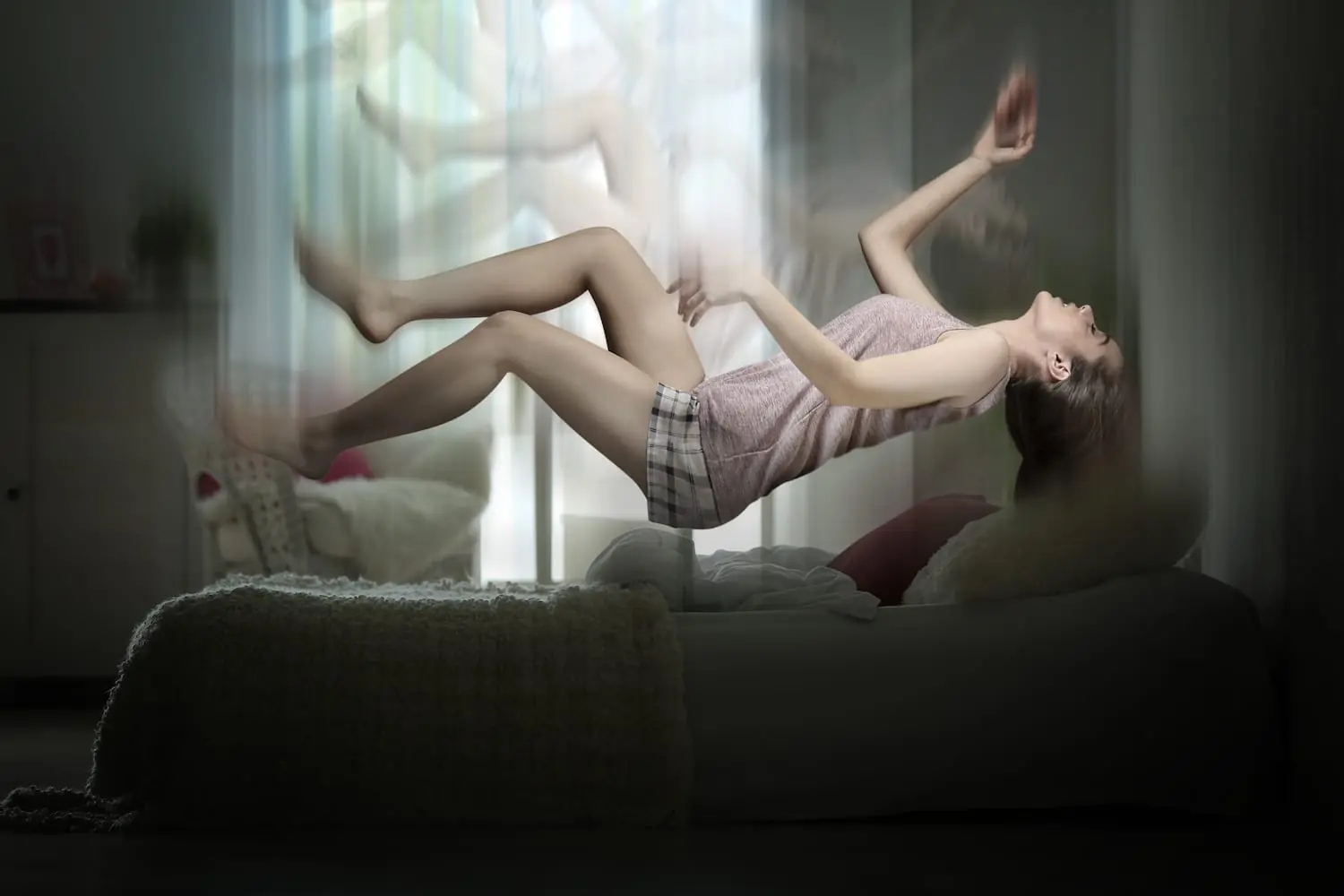
Body Suddenly Jerks While You’re Falling Asleep? This Is What It Means

pH Balance and Your Health: Signs of Acidosis and How to Alkalize

Pineapple And Turmeric Drink Reverses Cancer-Causing Inflammation And Even Beats The Common Cold!
News Post

Pineapple Water: A Refreshing Drink That Supports Your Health

The Silent Threat: Recognizing Early Signs of Kidney Disease and Lifestyle Prevention

A Heartwarming Encounter: A Child’s Innocence and the Power of Love.

The Stranger Who Stopped: How One Man’s Compassion Saved a Life on a Busy Georgia Road

Baking Soda (Bicarbonate of Soda): Uses and Benefits (Science Based)
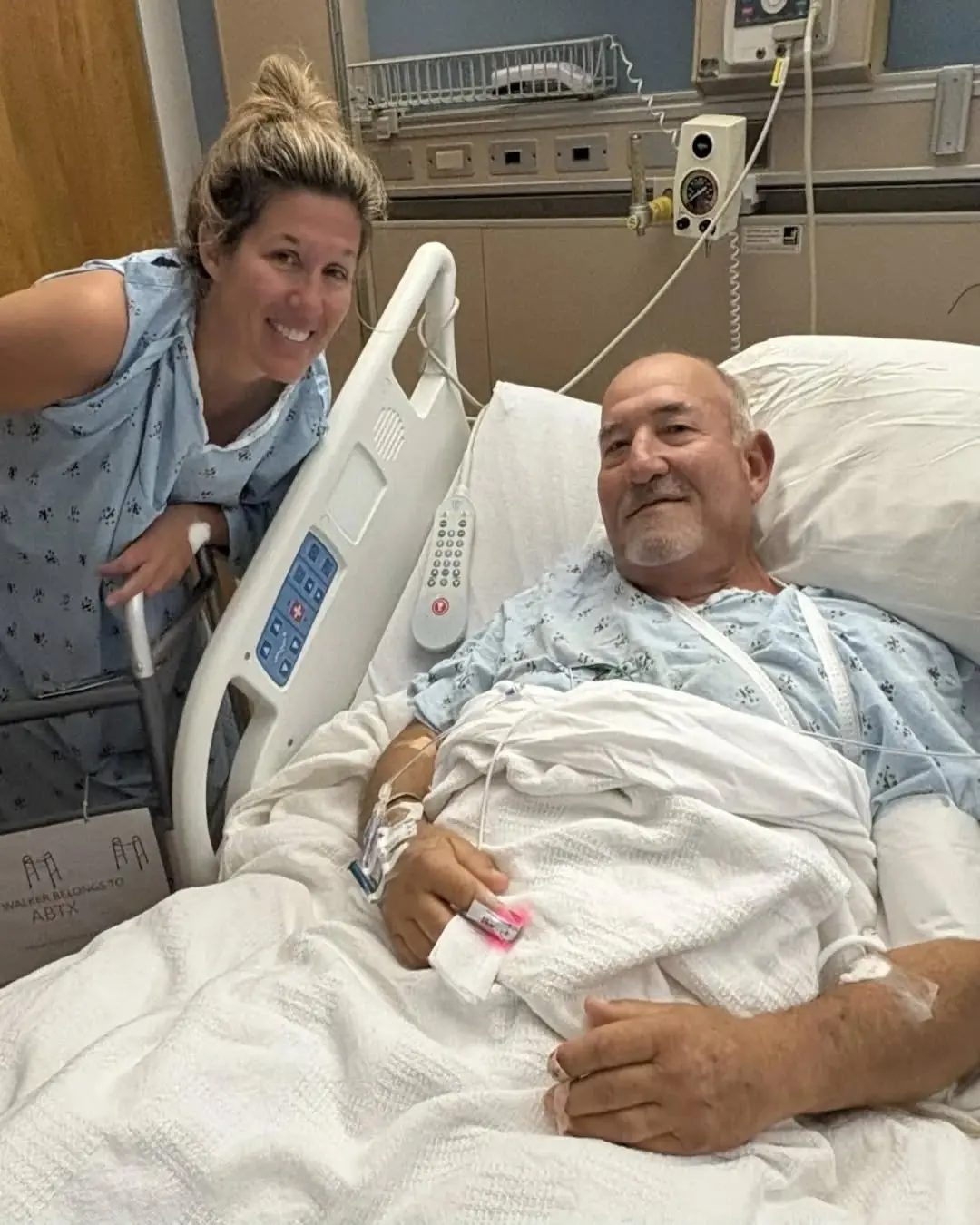
A Father’s Day Gift Like No Other: A Daughter’s Kidney, A Father’s Second Chance

Benefits of Walking: Why Walking is One of the Best Forms of Exercise 🚶♀️
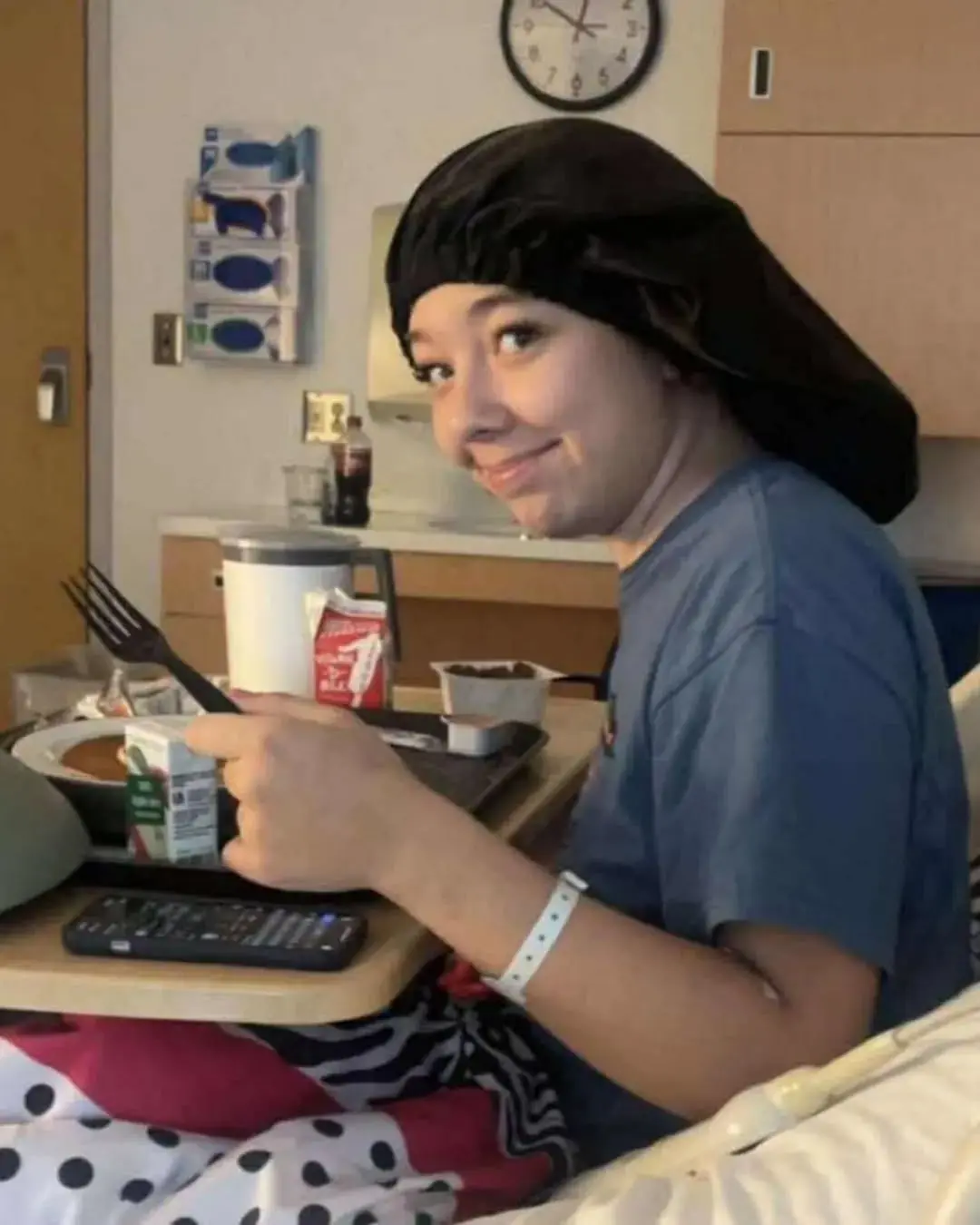
Maliyah’s Fight: A Fifteen-Year-Old Cheerleader Battling Stage 4 Cancer With Courage and Faith

No Cake, No Balloons: A Firefighter’s Quiet Birthday of Purpose and Service

Orangutan Secretly Watches Over Woman During Jungle Survival Challenge

“The Stranger on a Plane: How One Man’s Kindness Gave a Mother the Gift of Rest”
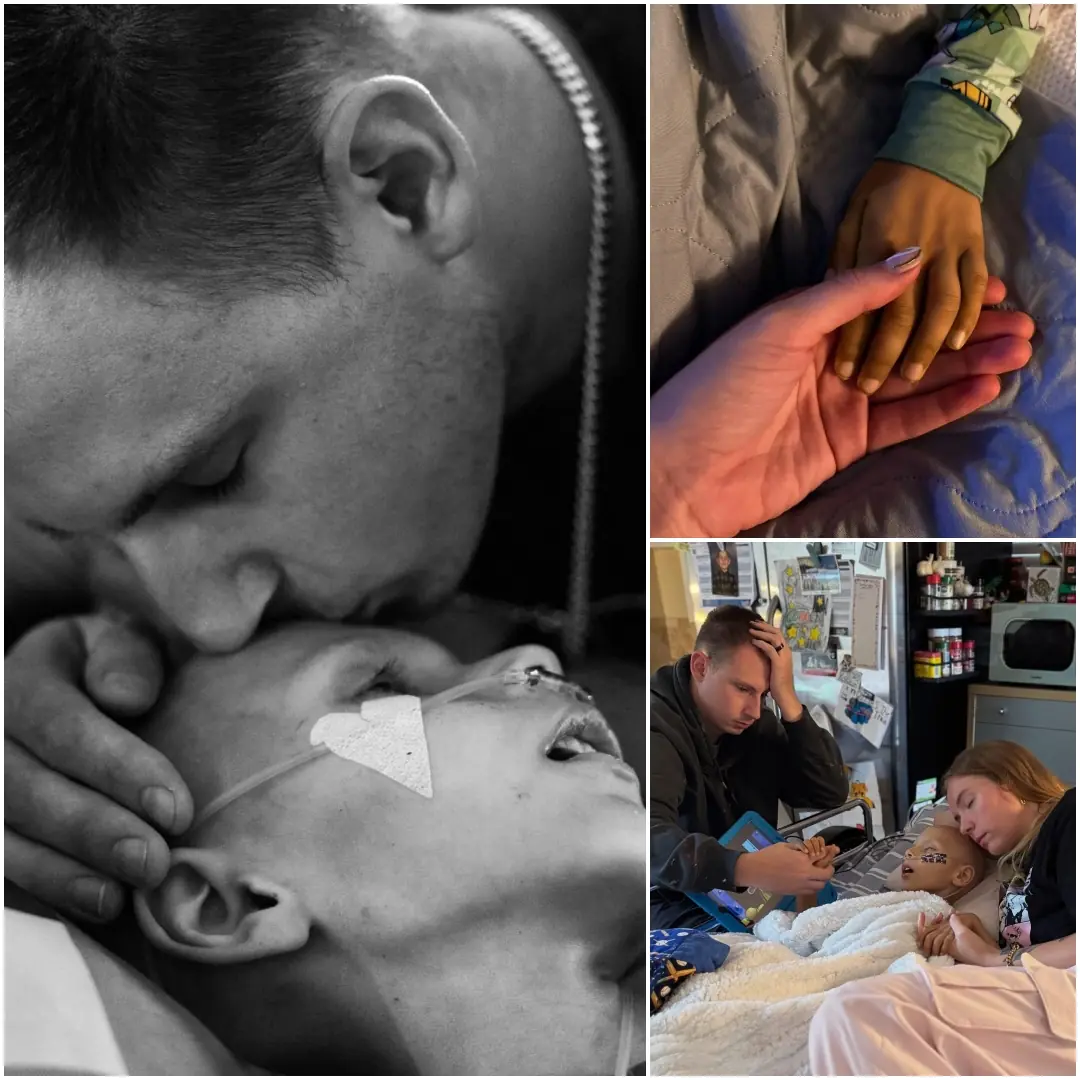
A Little Fighter’s Final Victory: Remembering Bryson’s 1,027-Day Battle
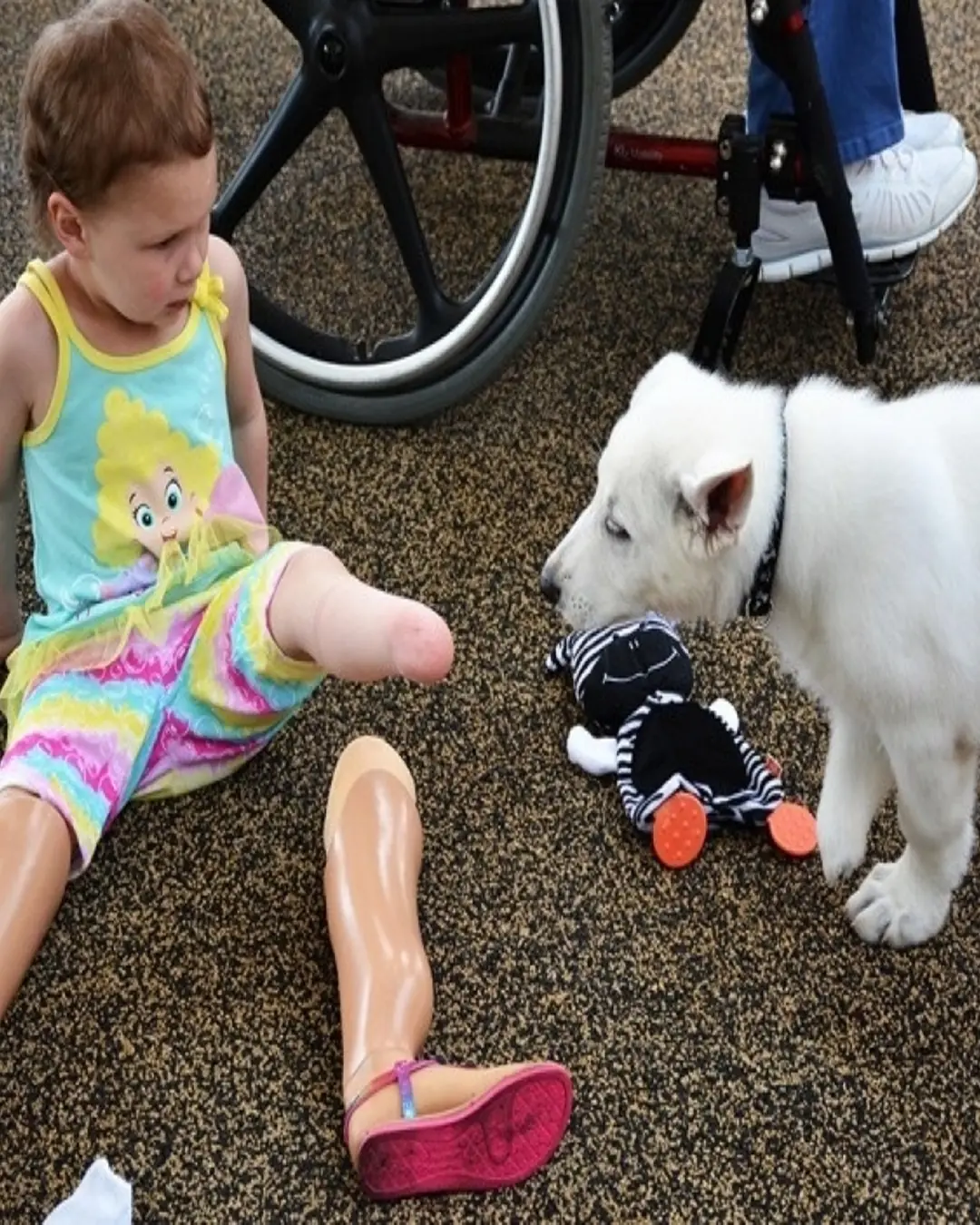
A Match Made in Dog Heaven: A Toddler and Her Puppy Who Share a Special Bond

A Simple Act of Kindness That Changed Everything: The McDonald’s Employee Who Went Above and Beyond

The Mystery of the Milk Bottle Dent

Pick Your Robin
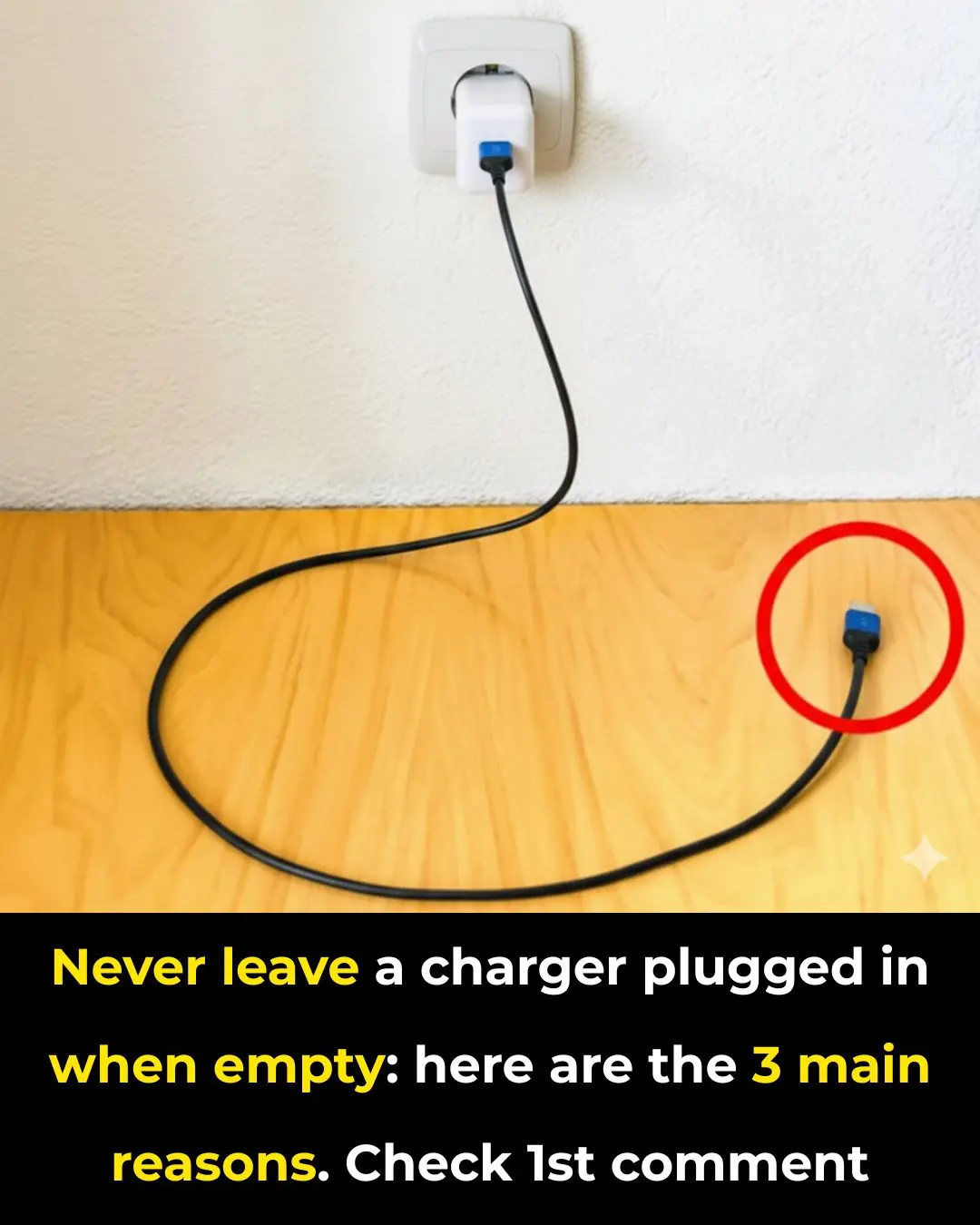
Never leave a charger plugged in when empty: here are the 3 main reasons.

🌱 Taro Unraveled: The Hidden Power of This Ancient Root
